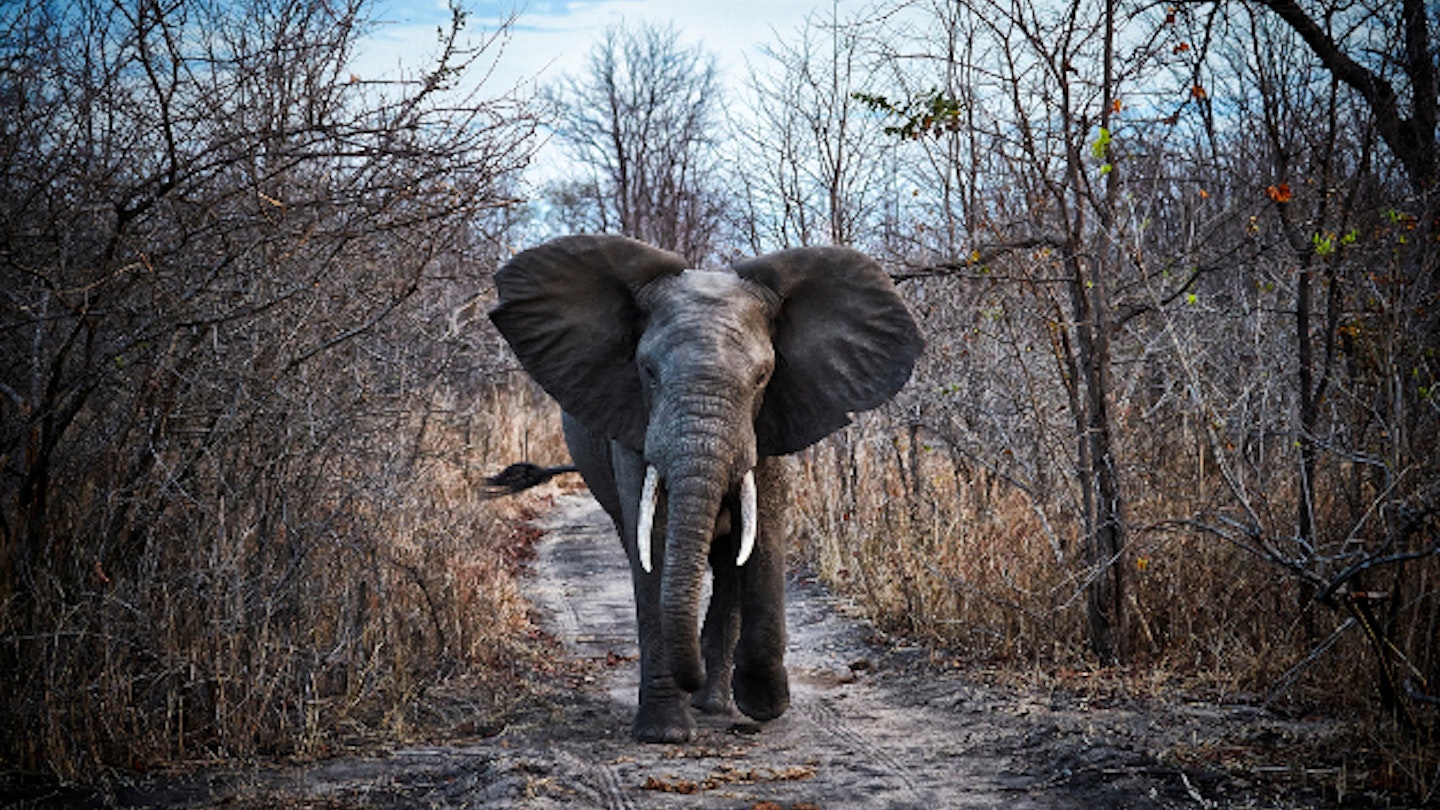Malawi: A Safari Destination in the Heart of Africa
Malawi continues to be in the throes of an inspiring renaissance. Famous for being the ‘warm heart of Africa’ and for its vast glittering lake, the country is on its way to being renowned as an exciting safari destination. Thanks to conservation organisation African Parks, three beautiful reserves – Majete, Liwonde, and Nkhotakota – once decimated through poaching and poverty, are now blossoming with life.
African Parks: Rebuilding Africa’s Wild Spaces
African Parks was established in 2000 by conservationists seeking innovative ways to restore the continent’s poorest wildlife regions. Working with local governments, it takes full management control of reserves for 25 years, aiming to make them ecologically, socially, and financially sustainable.
Today, through donations from philanthropists, governments, and NGOs, this South African non-profit organisation manages 15 parks across nine countries: four in Malawi, three in Chad, two in Zambia, and one each in Benin, Central African Republic, Congo, Democratic Republic of Congo (DRC), Mozambique, and Rwanda. Collectively, African Parks protects well over 100,000 sq km of land, representing seven of Africa’s 11 biomes – the continent’s largest and most ecologically diverse area under conservation management by a single NGO. Consequently, with a goal of managing 20 parks by 2020, the organisation has achieved notable results.
In Zambia, for instance, African Parks has revitalized Liuwa Plain National Park, known for Africa’s second-largest wildebeest migration; the park’s population of wildebeest has increased threefold to over 47,000. Furthermore, the lion population, which dwindled to a single lioness due to poaching, has now grown to a pride of 10, including two cubs born last year. In Rwanda’s Akagera National Park, the organisation has successfully reintroduced thousands of animals, making it a Big Five (lion, leopard, elephant, rhino, and buffalo) park, with 75% of its tourism operations now self-sustaining.
Majete Wildlife Reserve: An Example in Conservation
Majete Wildlife Reserve, a project initiated by African Parks in 2003, is a remarkable success story. Poaching was once rampant across Malawi, turning Majete into a ghost reserve by 1992, devoid of elephants and most wildlife. Today, African Parks has transformed it into a thriving wildlife sanctuary, relocating approximately 2,500 animals, including the famed Big Five and a founder population of cheetahs.

Majete is now home to over 12,000 animals and 300 bird species, thriving in a diverse landscape of rolling hills, riverine settings, and lush woodlands. Wildlife drives and guided walks offer sightings of buffaloes, eland, and nyala. Notably, guided boat trips are perfect for viewing elephants along the riverbanks, where breeding populations have flourished. Consequently, 150 elephants were relocated 600 km north to Nkhotakota as part of a landmark translocation effort that engaged Prince Harry, president of African Parks, in their anesthesia and radio collaring.
Liwonde National Park: Rhinos, Elephants, and the Shire River
Following the success at Majete, African Parks took charge of Liwonde National Park in 2015. The park’s stunning landscapes, characterized by mopane woodlands and vibrant floodplains, are profoundly influenced by the Shire River, which meanders through the area.

Liwonde is recognized as one of Africa’s prime locations for river-based wildlife observation. While cruising the river, you may encounter hippos and crocodiles lounging near elephants quenching their thirst. The reintroduction of predators has begun with the return of seven cheetahs and 10 lions, increasing the population significantly, even producing eight cubs. This park also surprises visitors with its rich birdlife, showcasing rare species such as malachite kingfishers and goliath herons.
Additionally, Liwonde’s sanctuary features a fenced area for buffalo, zebra, antelope, and rare black rhinos, offering visitors an opportunity to engage with researchers in tracking these magnificent creatures.
Nkhotakota Wildlife Reserve: A Time to Shine
Exciting developments are underway for Nkhotakota. After years of neglect, leading to a drastic decrease in its animal populations, this reserve became part of African Parks in 2015. Since then, concerted efforts with local communities have fostered improved livelihoods, reducing reliance on poaching. Community teams collaborate with rangers to eliminate wire traps, fill in pit traps, and confiscate illegal firearms.

African Parks has established a 190-sq-km sanctuary within the 1800-sq-km reserve, which welcomed 500 elephants from Liwonde and Majete, along with 2,000 other animals. Visitors can observe these magnificent elephants from a viewing platform at the eco-conscious Tongole Wilderness Lodge overlooking the Bua River. Demonstrating the positive impact of wildlife tourism on local communities, Tongole employs over 30 locals and supports conservation initiatives through the Tongole Foundation.
With its rugged landscapes, Nkhotakota features verdant miombo forests, offering adventure seekers opportunities to explore by canoe or on foot with guided tours. The park’s unique environment promises stunning views, making it a special destination even without the impressive wildlife that now populates its lands.
In conclusion, as African Parks continues to transform Malawi’s wildlife reserves, Nkhotakota is poised for its well-deserved spotlight. Its revitalization is a testament to the potential for successful conservation efforts in one of Africa’s most beautiful destinations.




